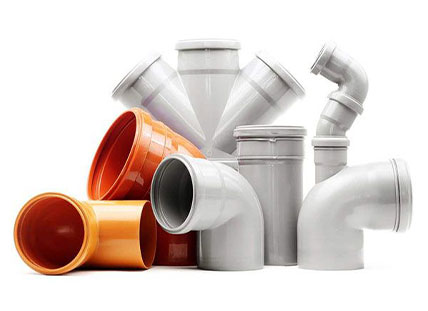An equipped building sewer system includes the following parts:
Sewage water pipe:
Sewage pipe in the sewage system, as its name implies, is responsible for directing waste to wells outside the building. The design of this pipe is installed in buildings from top to bottom, and the reason for this is that in the direction of the ground, the force of gravity comes with the help of sewer pipes to be useful for faster transportation of sewer materials.
Vent or vent pipes:
These pipes are mainly used to create ventilation next to the sewer pipes in the building, and the second task of these pipes is to help drain and move sewage materials by producing currents and air pressure in the sewer pipes. The shape of the ventilation air pipe is along the building and unlike the riser sewer pipes, the vent pipes are ascending.
The main cause of unpleasant ventilation in the building's sewage system is mostly due to incorrect installation of vent pipes.
Siphon:
The siphon is also a line section in the sewer system. It is necessary to use a siphon under the sink, in the bathroom and toilet to prevent the drain pipe from drying out.
Due to the bottleneck shape, siphons always retain some water to prevent the sewer pipe from drying out.
The benefit of this is that insects and unpleasant odors can no longer enter the building.
Once you are familiar with the components of the sewer system in the building, it is time to review the methods of sewer piping in the building. To find the best method of sewer piping in the building, we must first review the common methods of sewer system piping.

